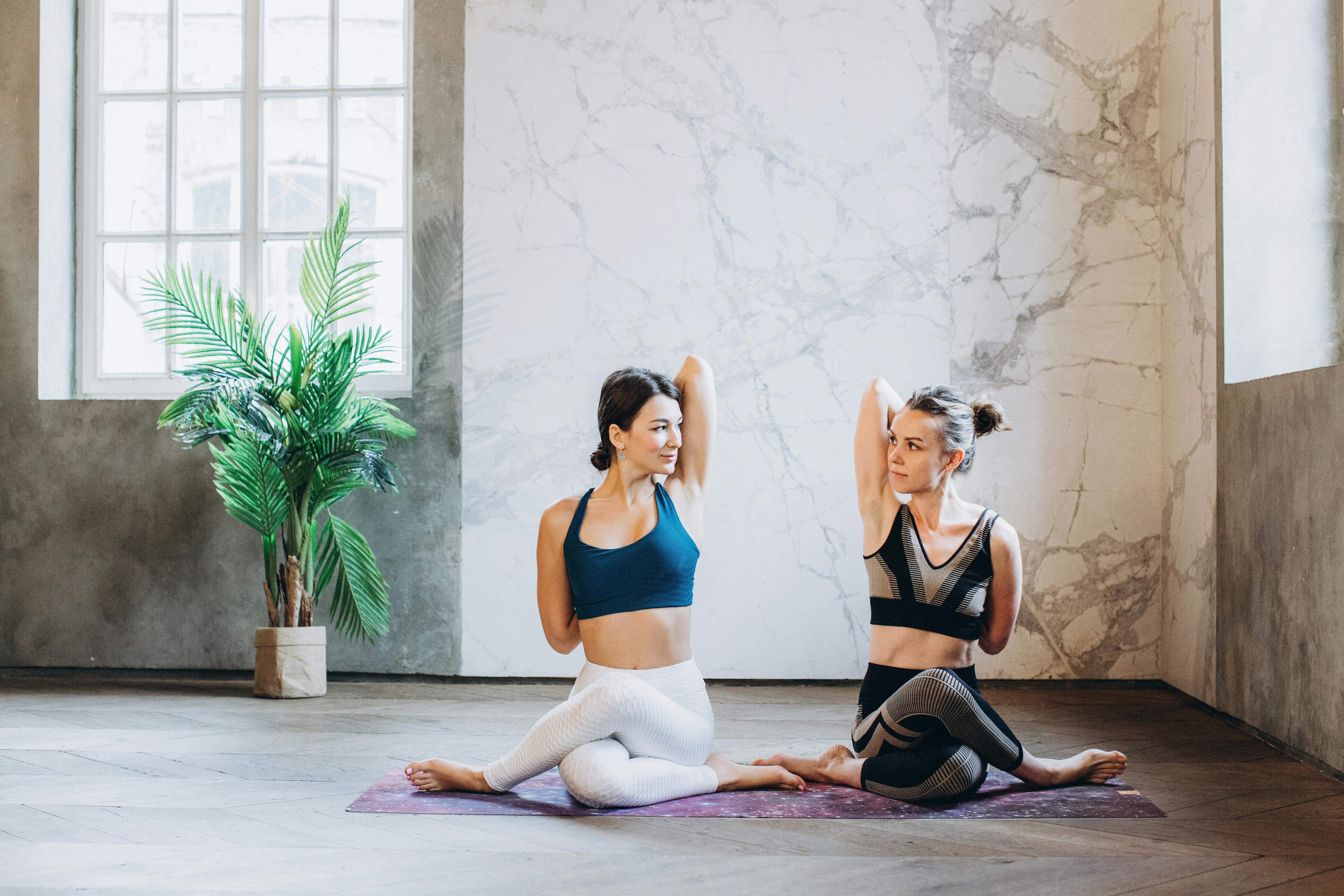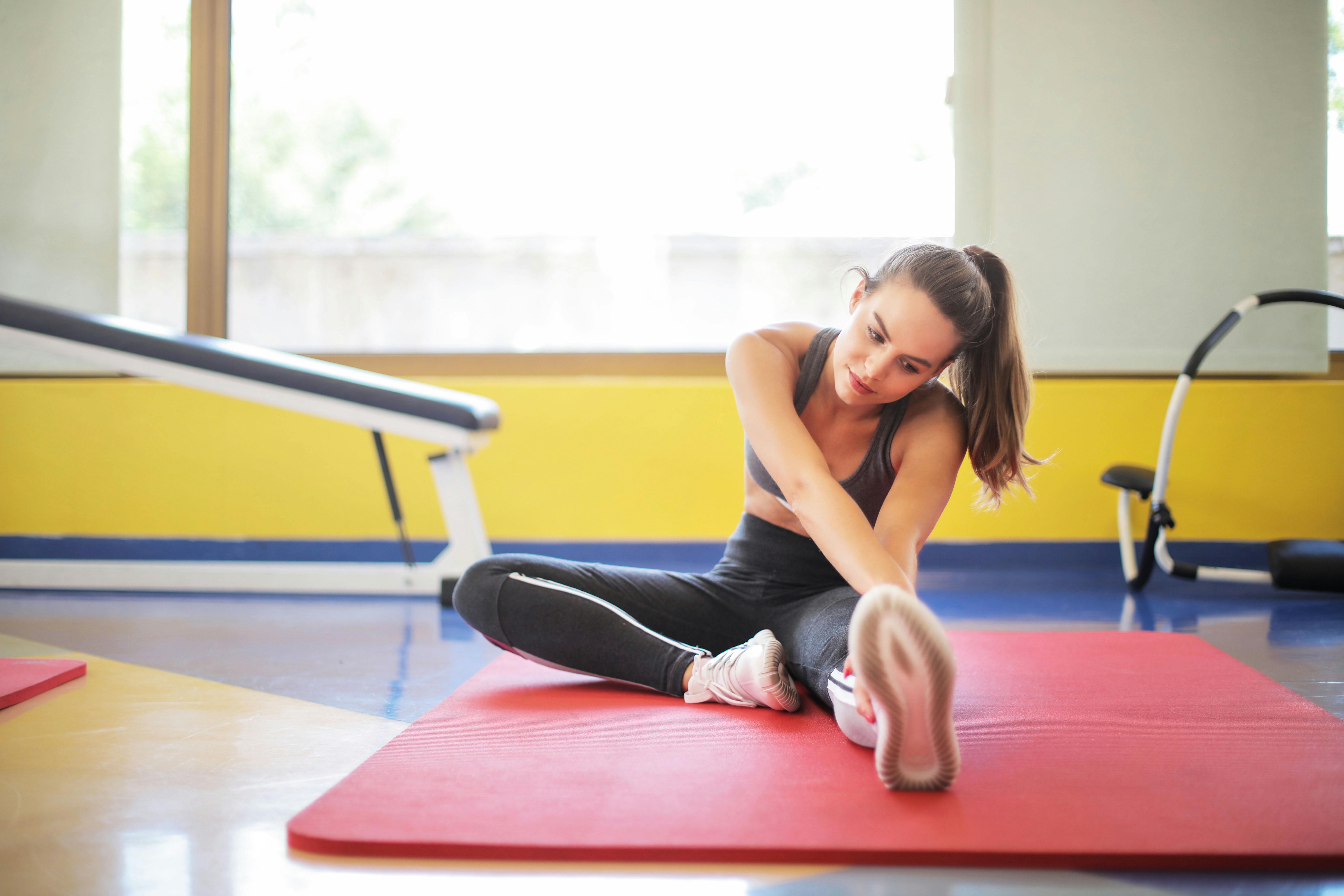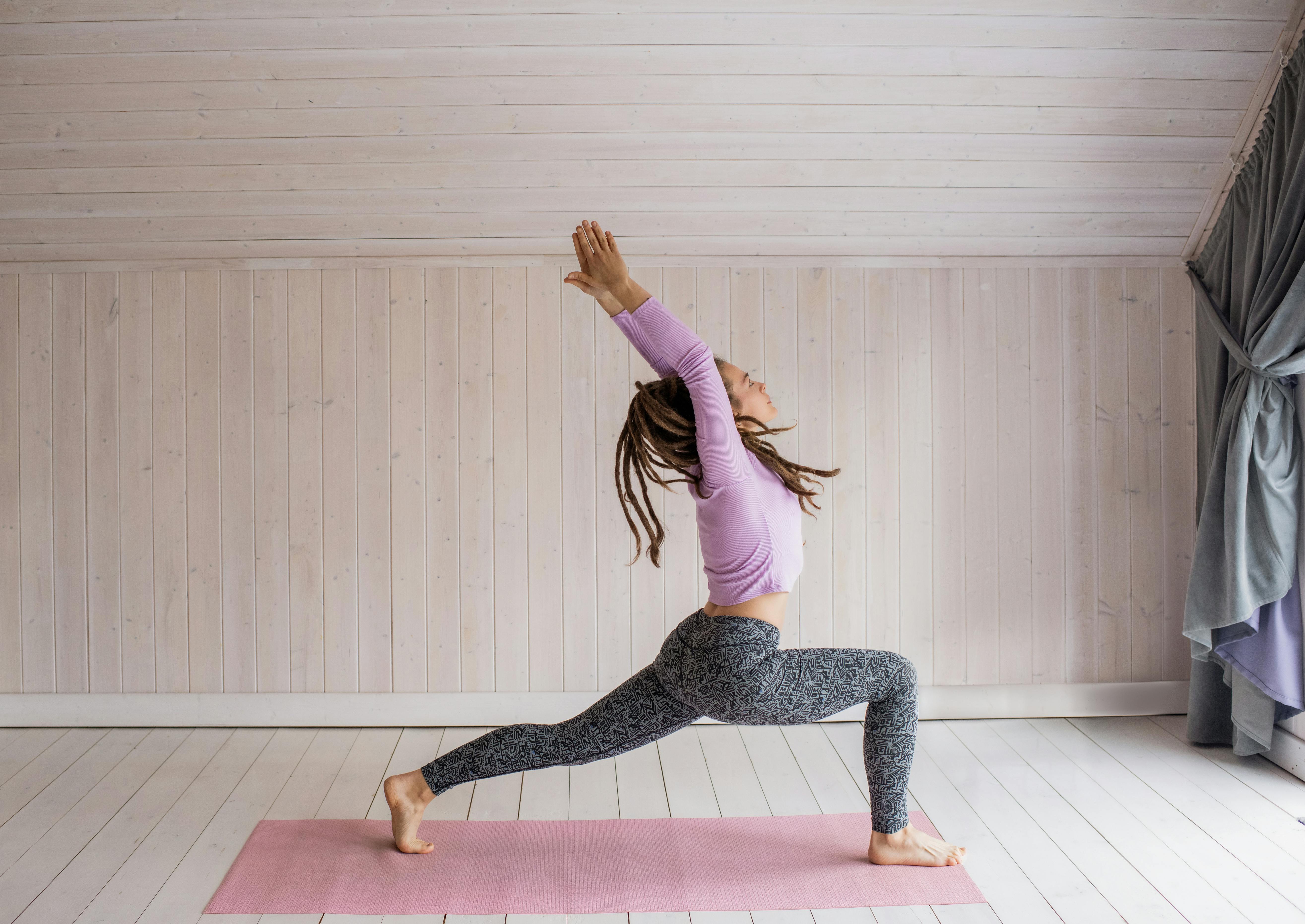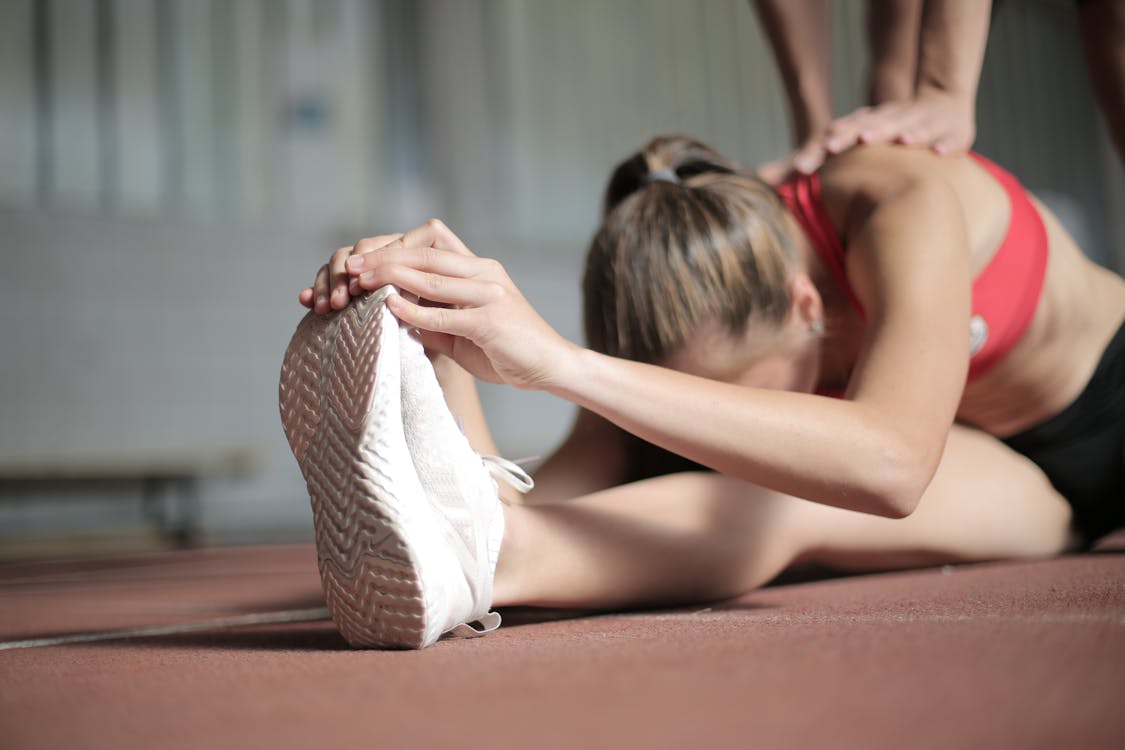How Long Does It Take to Improve Flexibility?

Improving flexibility is a goal many people pursue for various reasons, such as enhancing athletic performance, reducing the risk of injury, or simply feeling more comfortable in their bodies. Flexibility refers to the ability of muscles and joints to move through their full range of motion. The time it takes to see improvements in flexibility can vary widely depending on several factors, including the individual's starting point, the type of stretching routine they follow, and the consistency of their practice.
Factors Influencing Flexibility Improvement
Starting Point: The initial level of flexibility plays a crucial role in how quickly one might see improvement. Beginners with limited flexibility may notice changes within a few weeks because their muscles and joints are not yet accustomed to stretching. For those who are already somewhat flexible, progress might be more gradual as they work to enhance their existing range of motion.
Type of Stretching: The method of stretching used can significantly impact the rate of improvement. There are several types of stretching, including static, dynamic, and proprioceptive neuromuscular facilitation (PNF) stretching.

- Static stretching, where a stretch is held for a prolonged period (usually 15-60 seconds), is commonly used to improve flexibility. Regular practice, ideally after a workout when muscles are warm, can yield results in a few weeks.

- Dynamic stretching involves moving parts of your body through a full range of motion in a controlled manner. This type of stretching is often used in warm-ups to prepare muscles for activity, and it can also contribute to flexibility over time.

- PNF stretching is an advanced form that involves both stretching and contracting the muscle group being targeted. This method can produce faster flexibility gains, often within a few sessions, but it typically requires the guidance of a trained professional.
Consistency: Like any physical goal, consistency is key to improving flexibility. Engaging in a regular stretching routine, ideally daily or at least three to five times per week, will lead to more significant and quicker improvements. Inconsistent practice may result in slower progress or even setbacks.
Age and Genetics: Age and genetics also influence how quickly flexibility improves. Younger individuals generally experience faster gains in flexibility due to more elastic muscle fibers and more pliable connective tissues. Genetics can dictate the natural elasticity of an individual's muscles and ligaments, meaning some people may find it easier to gain flexibility than others.
Typical Timeline for Flexibility Improvement
While individual results may vary, a general timeline for improving flexibility can be outlined:
Initial Improvement (2-4 weeks): For most people, especially beginners, noticeable improvements can be seen within two to four weeks of consistent practice. This stage often includes an increased range of motion and a reduction in muscle tightness.
Intermediate Gains (6-8 weeks): After about six to eight weeks, individuals usually experience more significant flexibility gains. They may achieve deeper stretches, greater ease in movement, and improvements in posture.
Long-Term Development (3-6 months): To reach a high level of flexibility, especially for those aiming for advanced stretches or requiring flexibility for specific sports or activities, it can take three to six months or longer. Continuous and varied stretching routines, combined with strength training, are essential for maintaining and further enhancing flexibility during this stage.
Conclusion
Improving flexibility is a gradual process that requires consistent effort and patience. The time it takes to see significant changes can range from a few weeks to several months, depending on various factors such as starting point, type of stretching, and consistency. Regardless of the timeline, the benefits of enhanced flexibility, including better mobility, reduced risk of injury, and improved overall physical performance, make the effort worthwhile.
Need a Great Workout Routine for Your Pro Cheer Audition Prep?
Pro cheerleaders stay fit, flexible, and strong so they can give out their best performance in the arena. However, achieving that wow-worthy, toned physique doesn’t happen overnight. You need to arm yourself with the right daily workouts.
Thinking of becoming a pro cheerleader?
We are offering you our fun, FREE (for a LIMITED time) POM FIT™ INTRO CLASS that teaches you beginner-friendly cardio moves.
To take your cheerleading fitness to the next level, we also have POM FIT™: GAMEDAY1™ - a series of challenging full-body cardio classes that include a body stretch class, kick stretch class, abdominal workout class, and more.
Join a POM FIT™ class below:
POM FIT™ INTRO CLASS (Free for a LIMITED time)


